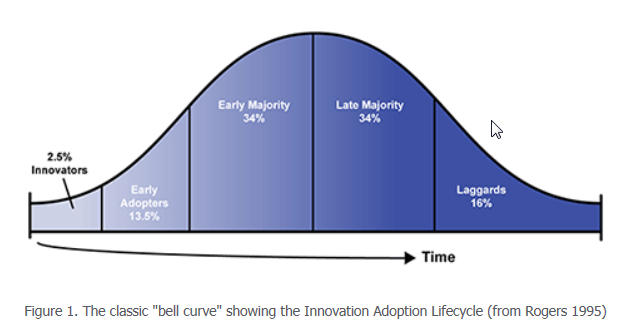“If you expect nothing from anybody, you’re never disappointed.”
― Sylvia Plath, The Bell Jar
Earlier in my career, I had the opportunity to work with a group of four supervisors at a manufacturing site. I spent a week with each supervisor, with the objective of getting to know each person better. After a month rotating among the supervisors, it was clear that there were stark differences in how each of them related to their respective crews. The contrast in styles was greatest when comparing Mitch with Harold.
Mitch considered himself to be “old-school” and was proud of it. He had spent nearly twenty years in various line positions at the plant, eventually working his way into a senior operator role before being promoted to supervisor. He was a no-nonsense guy who ruled with an iron fist and a commanding voice. His philosophy was to set the rules and hold people accountable when they were violated. Mitch believed his primary responsibilities were to “keep the line running” and to “make sure that no one does anything stupid.” During the shift, he could often be found in the supervisor’s office area, unless the line was down for some reason. His crew tended to have the least senior people, mainly because there was a lot of bidding to move to another supervisor’s crew.
Harold also spent many years as an operator in the same facility before accepting a supervisor position. He had a calm demeanor and spent most of his time on the floor, listening to his crew members. He frequently answered any questions with a question of his own, “What do you think we should do?” Harold challenged his crew to come up with solutions, not just to identify the problems. I would overhear him privately praising each person, telling them that they were among the best operators he had ever been around. When someone made a mistake, he would make it a point to ask the individual what lesson was learned and what we could do differently the next time. Harold’s crew had the most senior people. It was clear that they respected Harold and valued the opportunity to work on his crew.




